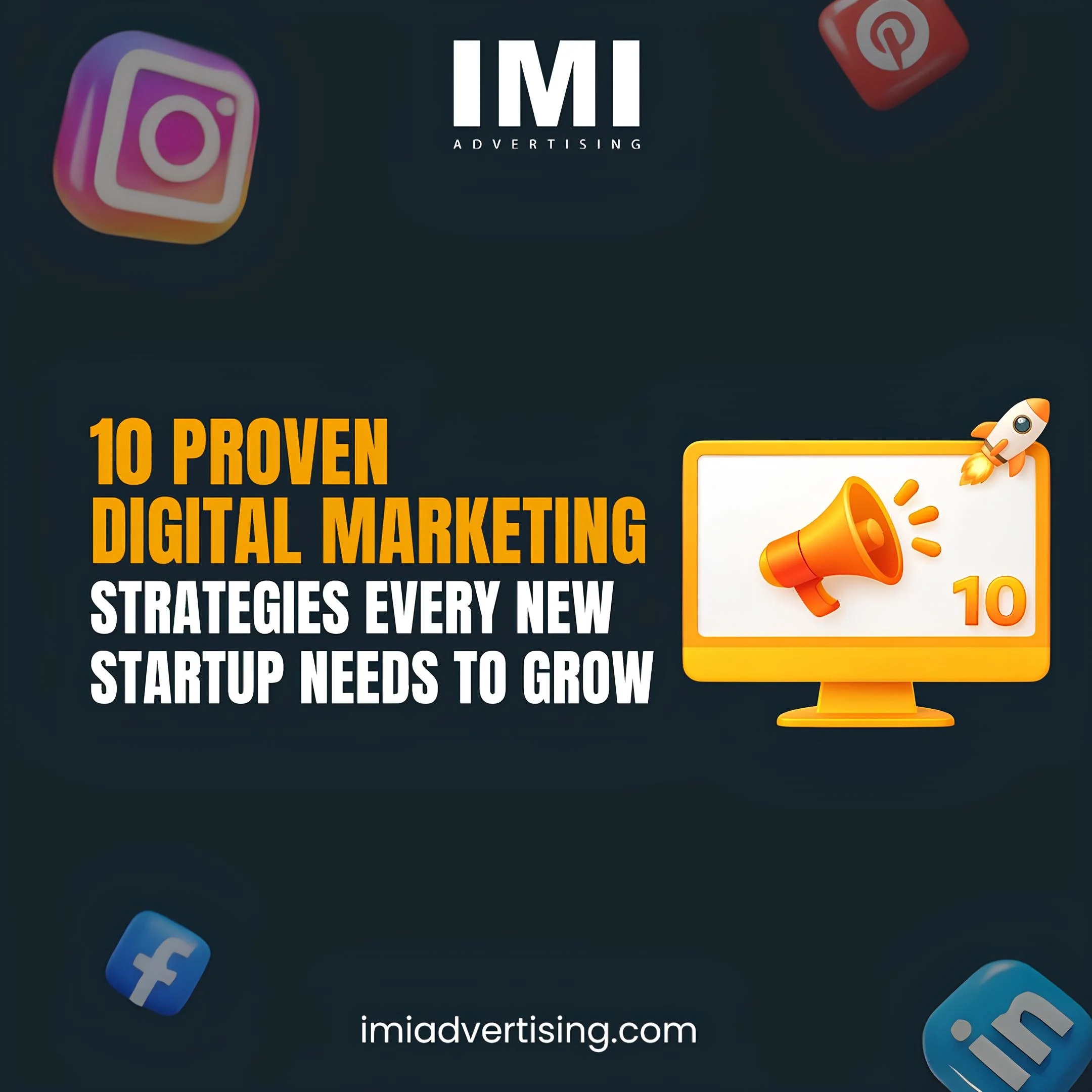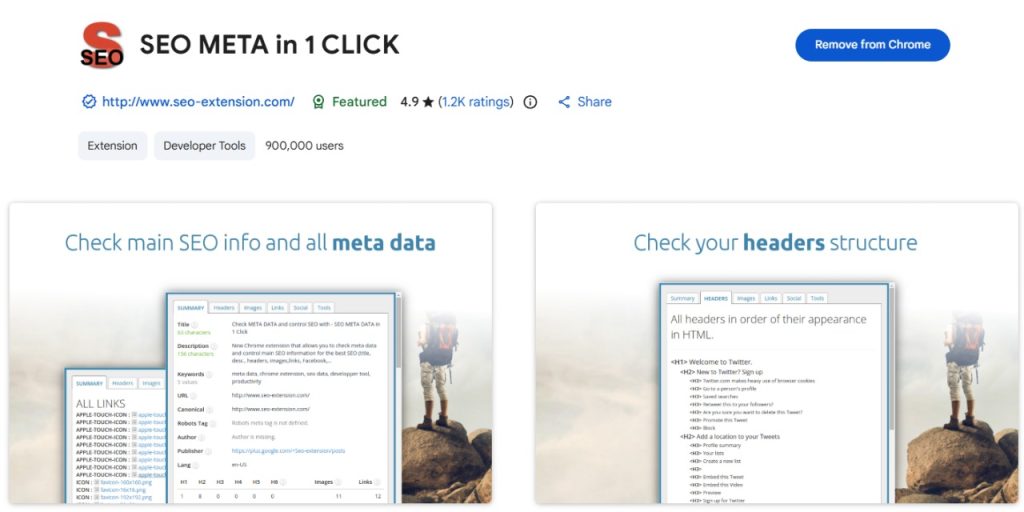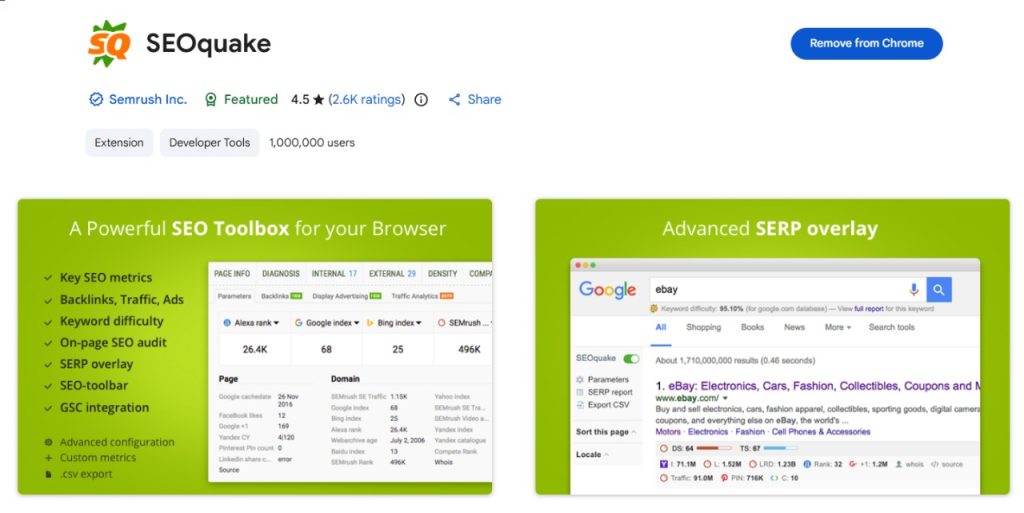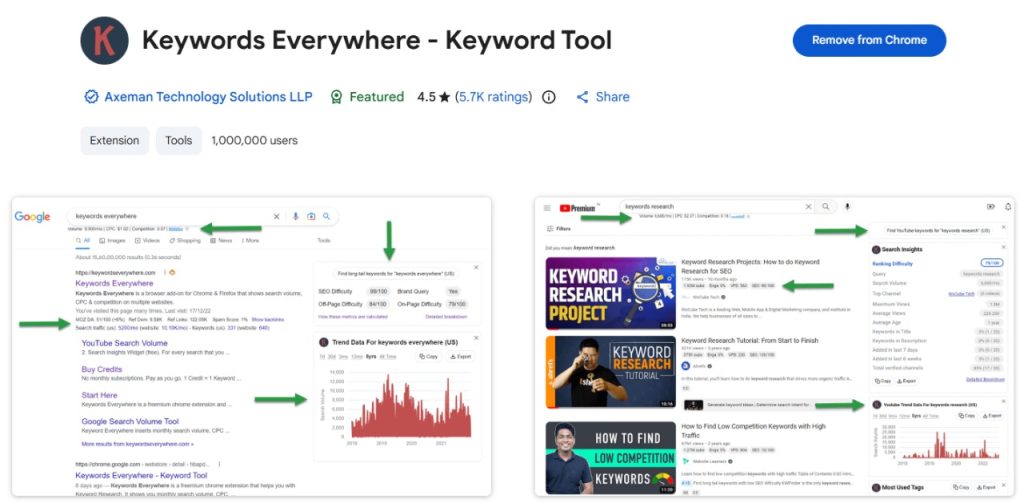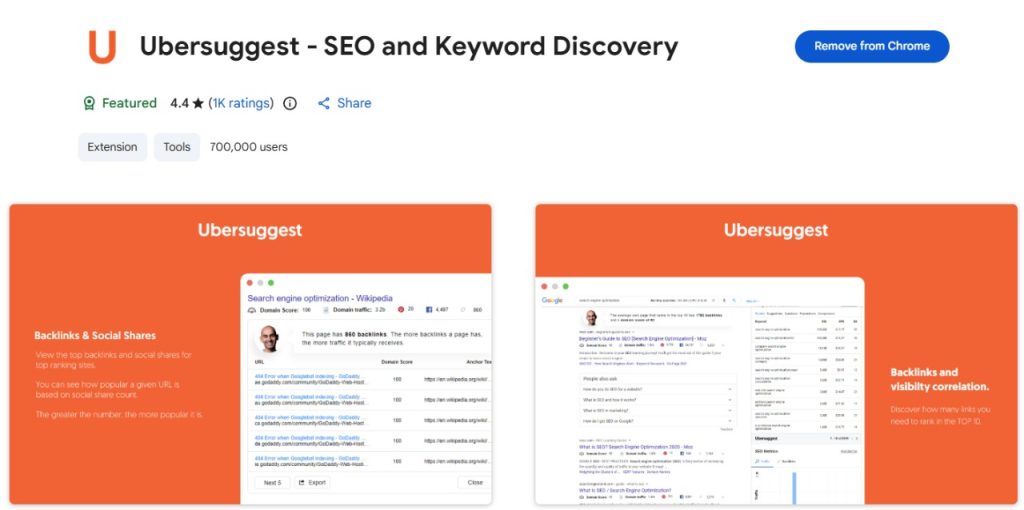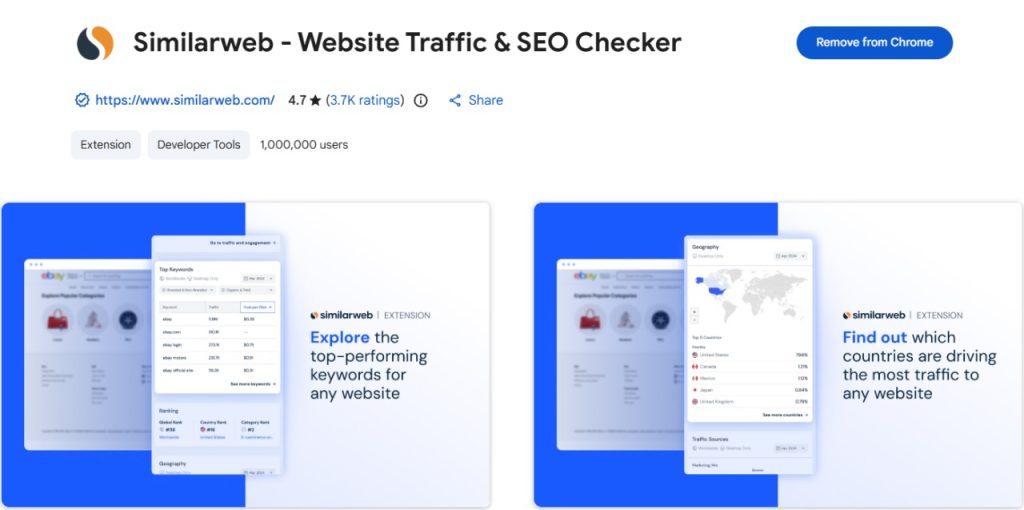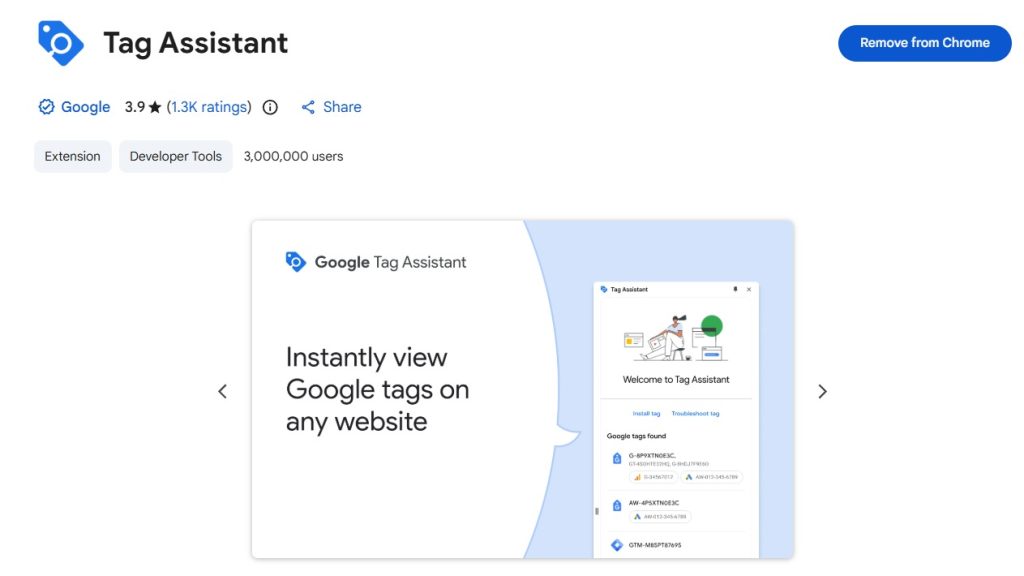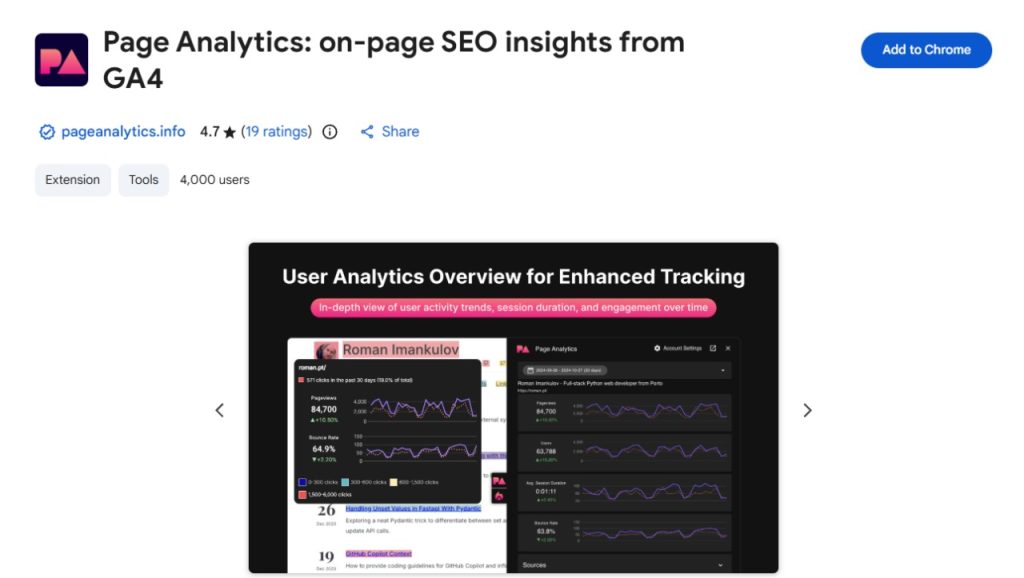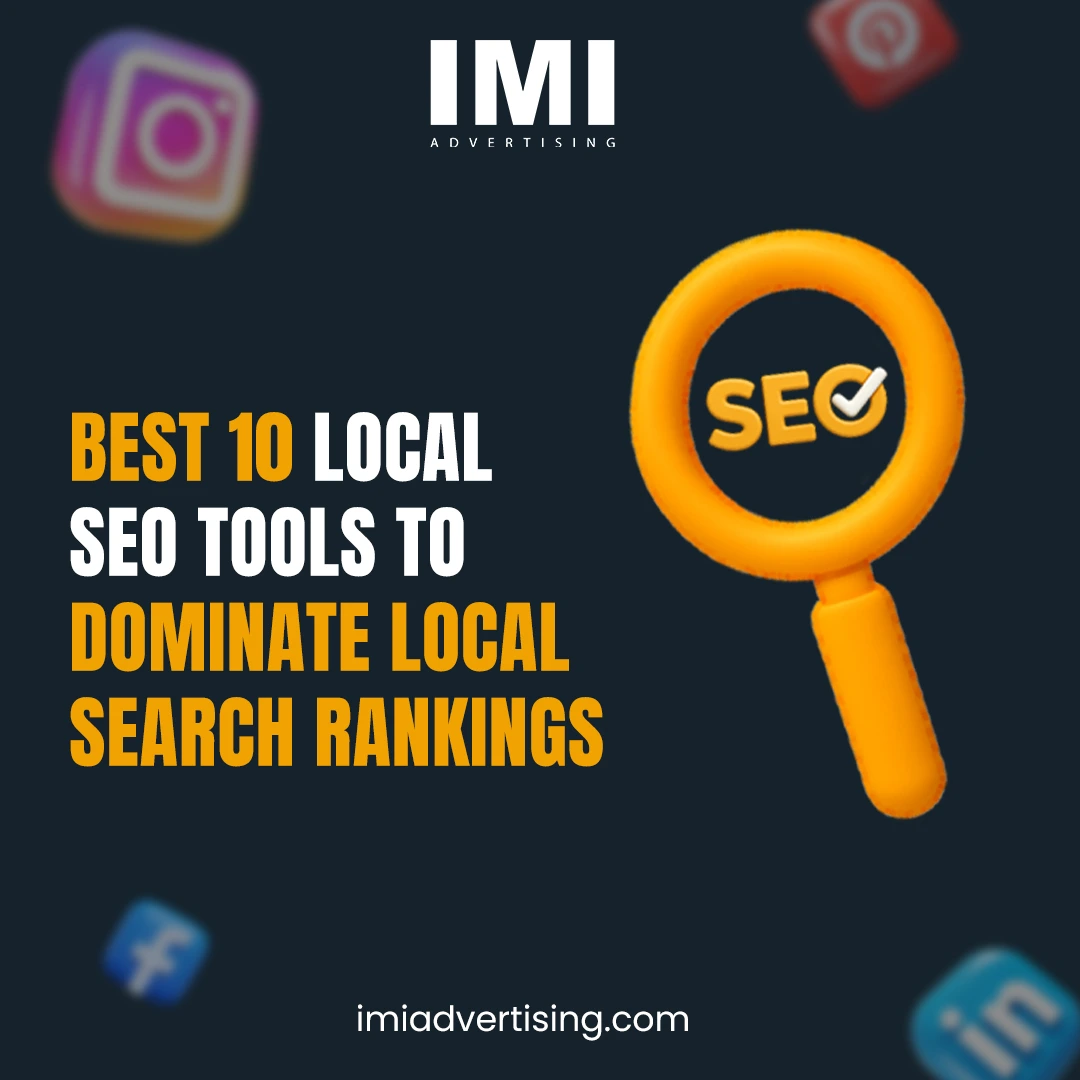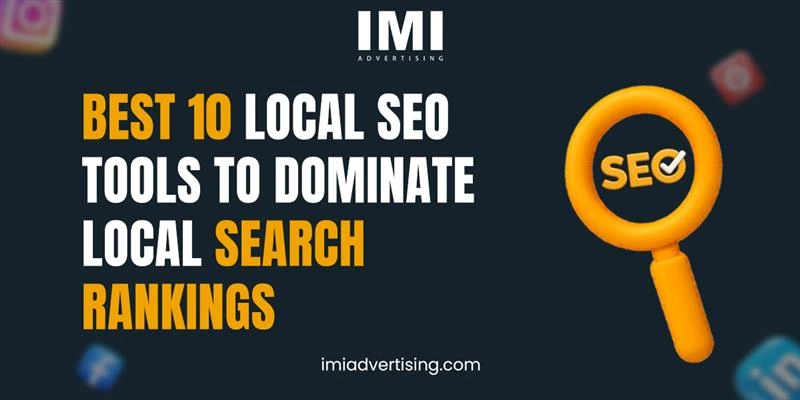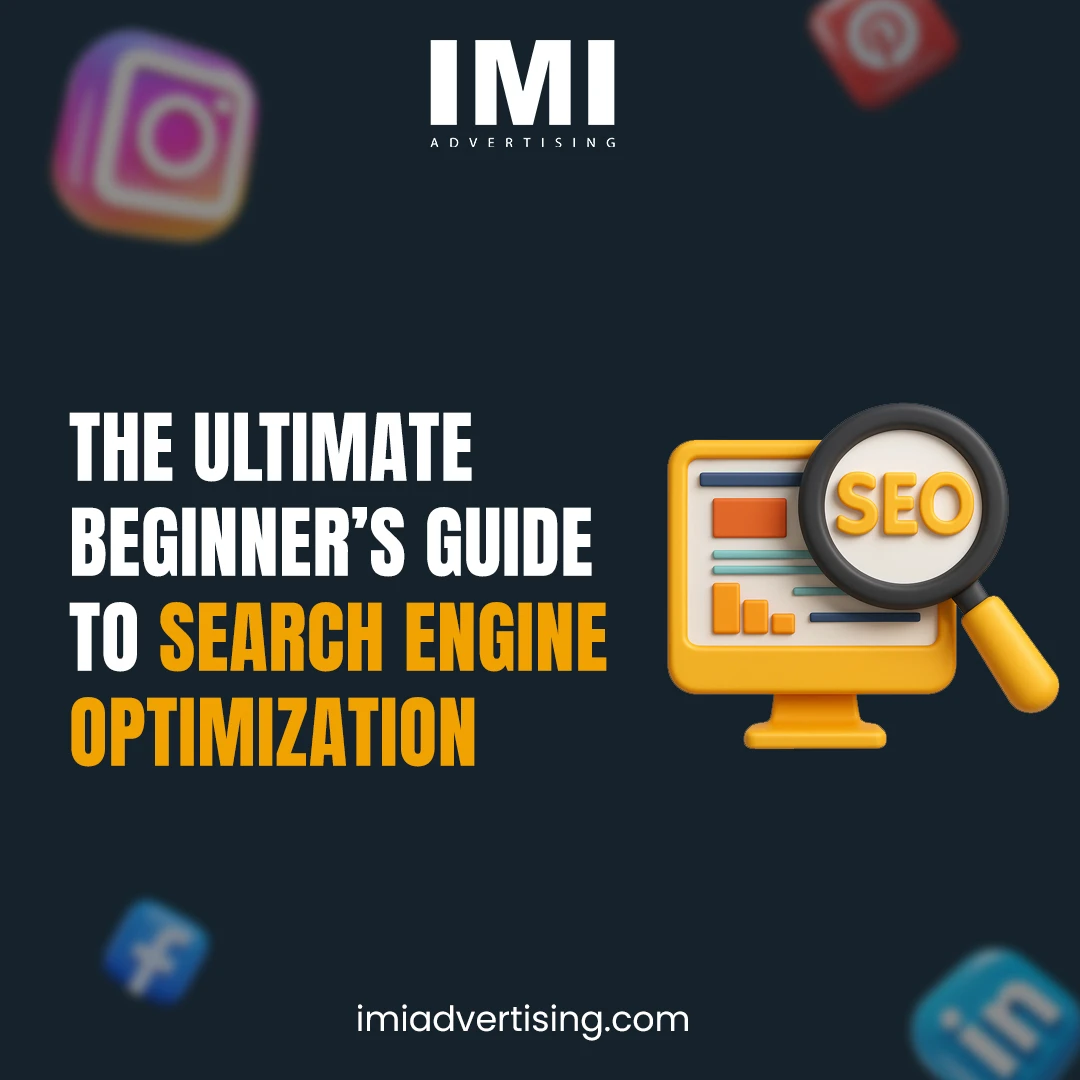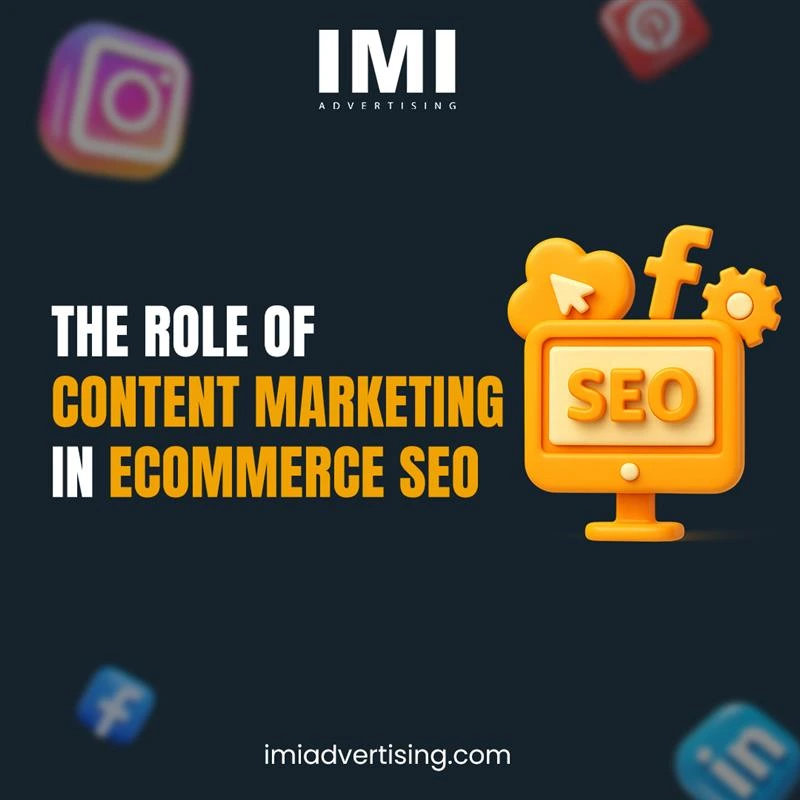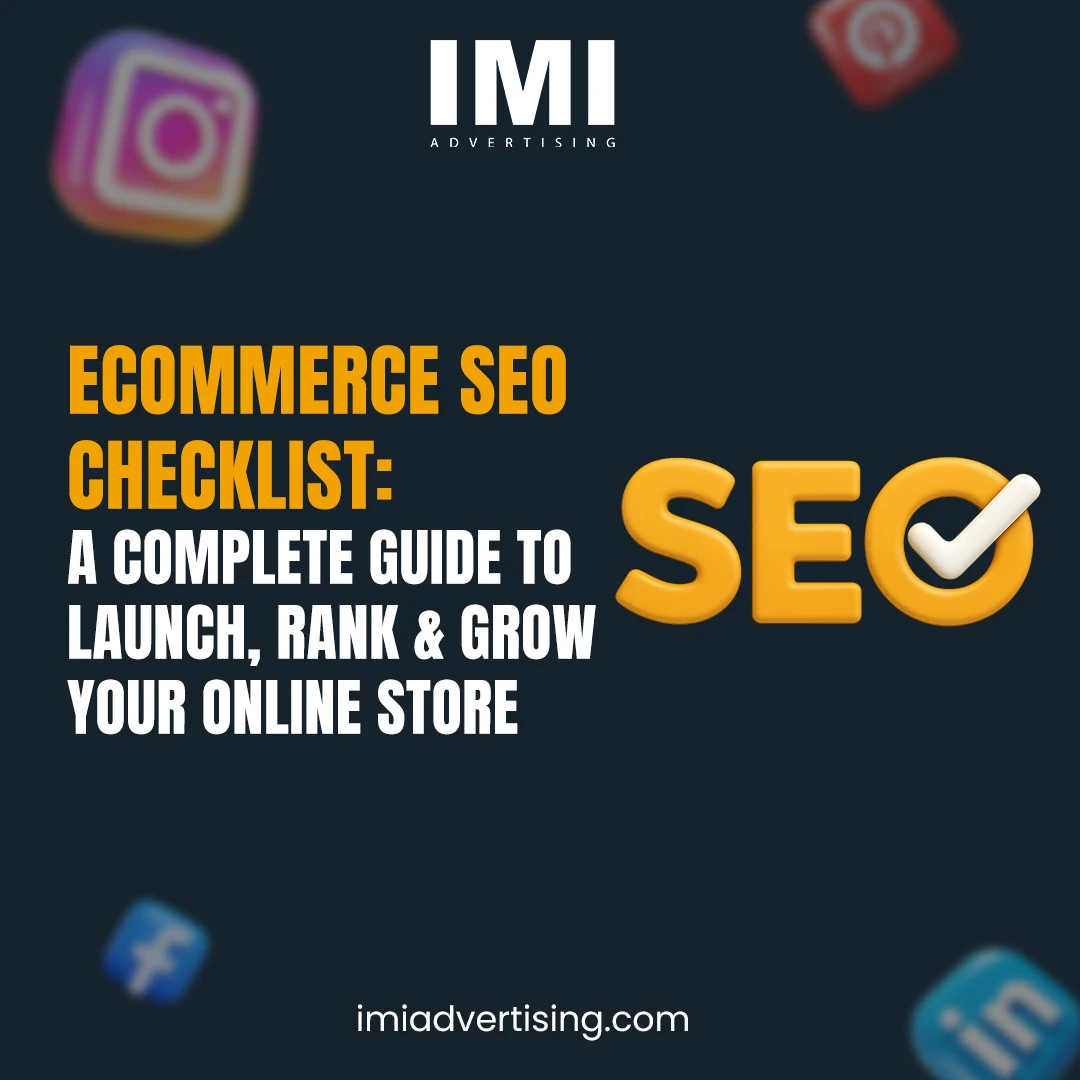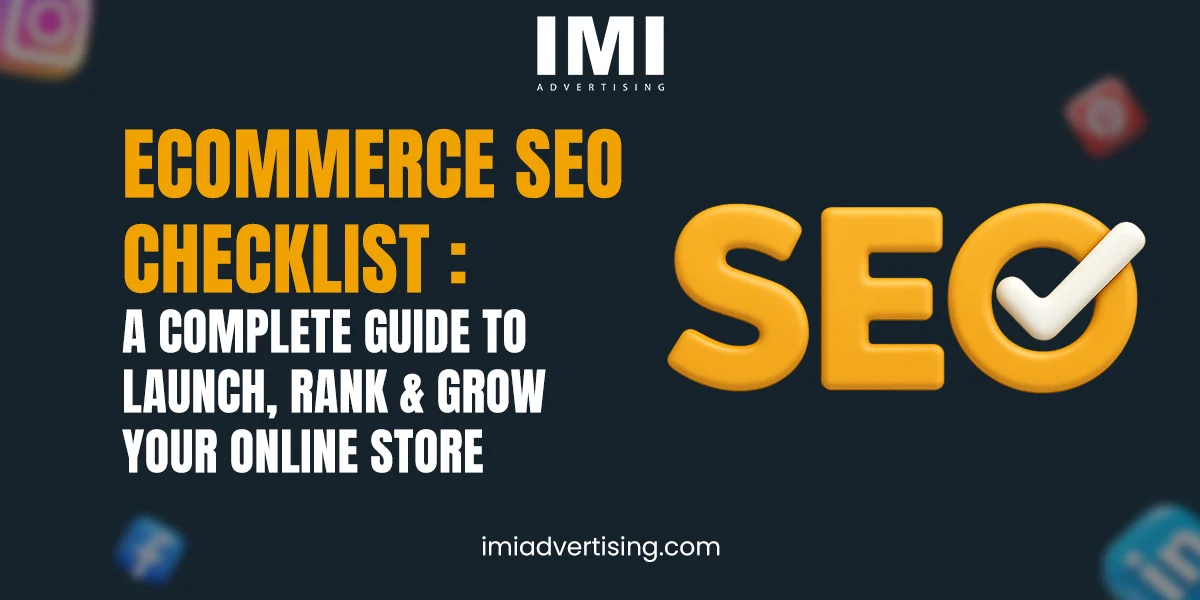How to Boost Website Traffic Organically-Without Any Ad Spend
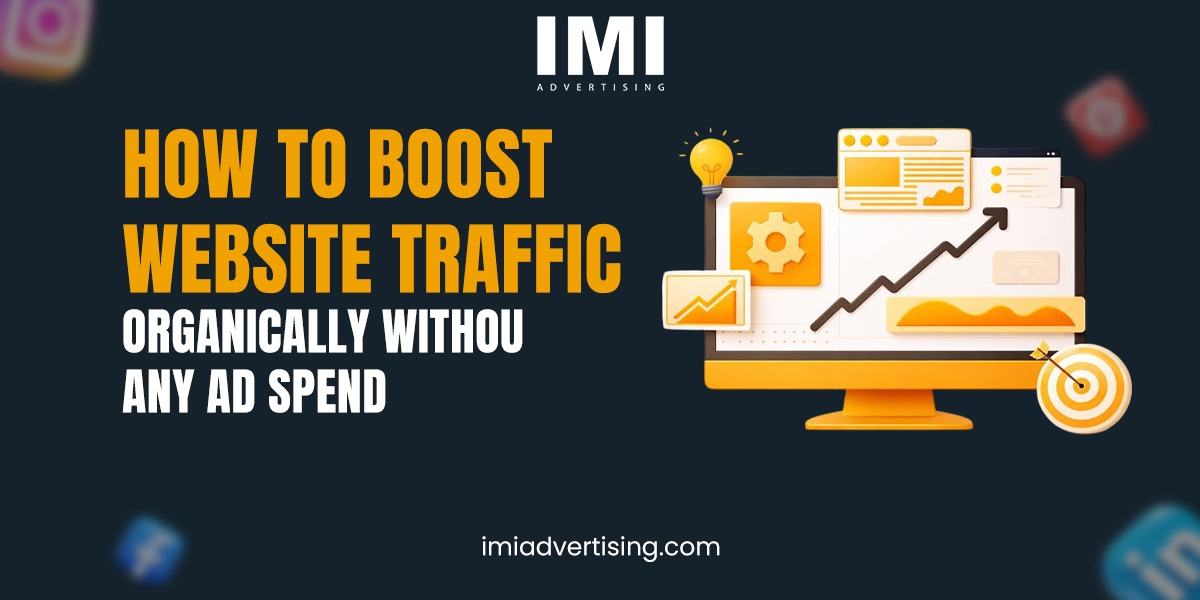
Boosting website traffic organically is one of the most valuable long-term investments a business can make. Unlike paid ads, organic traffic builds authority, trust, and consistent visibility without recurring costs. Brands that focus on organic growth don’t just attract visitors, they attract the right audience with higher intent and better engagement.
At IMI Advertising, our experience shows that websites built on structured SEO and content frameworks consistently outperform ad-reliant platforms over time. With more than 68% of online journeys starting on search engines, organic visibility remains a critical growth driver. While organic growth requires patience, a well-planned approach makes traffic acquisition consistent, scalable, and dependable.
Why Organic Website Traffic Matters More Than Ever
Many businesses believe that website traffic growth is only possible through paid advertising. In reality, the most trusted and sustainable traffic comes from organic sources like Google search, content discovery, and referral links. When users find you naturally, they already trust your relevance.
Google’s EEAT framework prioritizes real experience, expert knowledge, topical authority, and trust signals. This means websites that genuinely help users, rather than chase shortcuts, win in the long run. The strategies below are designed to help you increase website traffic organically while building lasting credibility.
10 Proven Ways to Increase Website Traffic Organically
1. Start With Intent-Based Keyword Research
Intent-based keyword research focuses on understanding why a user is searching, not just what they are typing. Every search has a purpose—learning something new, comparing options, or taking action.
When content is created around search intent, it naturally feels relevant and helpful. Users stay longer, engagement improves, and search engines clearly understand that the page satisfies user needs. Over time, intent-driven keywords form the foundation of stable and sustainable organic traffic growth.
2. Publish Content That Solves Real Problems
People visit websites because they have questions, challenges, or decisions to make. Content that directly addresses real-world problems builds trust far more effectively than generic information.
When your content reflects real user concerns and offers clear, practical solutions, it becomes valuable, not promotional. Such content earns repeat visits, social shares, and long-term credibility. Search engines consistently reward pages that genuinely help users rather than simply trying to rank.
3. Optimize On-Page SEO Properly
On-page SEO is about making content easy to understand for both users and search engines. Clear headings, logical structure, and smooth content flow improve readability and usability.
Well-optimized pages guide users naturally through the information without confusion. Instead of overusing keywords, focusing on clarity and structure creates a professional experience. Modern search algorithms prioritize content that is organized, user-friendly, and easy to navigate.
4. Improve Website Speed & User Experience
Website speed and user experience directly influence how users interact with your site. Even strong content fails if pages load slowly or navigation feels complicated.
Fast-loading pages, clean layouts, and intuitive navigation encourage users to explore more content. When visitors have a smooth experience, they stay longer and engage more, sending positive signals to search engines that support higher organic visibility.
5. Build Authority With Quality Backlinks
Backlinks act as trust signals in search engines. When authoritative and relevant websites link to your content, it strengthens your site’s credibility.
Quality always matters more than quantity. A few links from trusted sources are far more valuable than many low-quality links. Over time, consistent high-quality backlinks help establish authority and deliver steady organic traffic growth.
6. Use Smart Internal Linking
Internal linking helps users and search engines understand how your content is connected. When related pages are linked logically, users can easily find deeper information.
Smart internal links increase time spent on the website and guide users through relevant content. They also distribute SEO value across important pages. A well-linked site feels organized, professional, and trustworthy.
7. Create Evergreen Content
Evergreen content remains useful over time and continues to attract traffic long after publication. Topics such as guides, explanations, and foundational knowledge perform especially well.
Regularly updating evergreen content keeps it accurate and relevant. Refreshing examples, statistics, and insights signal to search engines that the content is actively maintained, helping it retain strong rankings and consistent traffic.
8. Optimize for Search Snippets & Voice Search
Users increasingly expect fast and direct answers. Featured snippets and voice search favor content that explains concepts clearly and concisely.
Using simple language, short paragraphs, and clear answers improves visibility in search results. When complex topics are explained simply, content becomes more accessible and more likely to appear in advanced search formats.
9. Build Topical Authority With Content Clusters
Topical authority is built by covering a subject in depth rather than publishing isolated articles. Creating multiple related pieces around one core topic demonstrates expertise.
Content clusters help users fully understand a subject while signaling expertise to search engines. This approach takes time but delivers long-term benefits through stronger rankings and consistent organic traffic.
10. Repurpose & Distribute Content Strategically
High-quality content should not stay limited to one platform. Repurposing content into different formats increases reach and visibility.
A single blog can be transformed into social posts, emails, or short-form content. Strategic distribution ensures your content reaches more users, reduces dependency on search engines alone, and strengthens overall organic traffic performance.
How to Check Your Website’s Organic Traffic
Checking your website’s organic traffic helps you understand how users are finding your site through search engines without paid ads. By regularly tracking this data, you can identify which content performs well, what keywords attract visitors, and where your SEO strategy needs improvement.
- Google Analytics – Shows how many visitors come from organic search, their behavior, and the pages they visit
- Google Search Console – Helps track search queries, impressions, clicks, and average keyword positions
- Ahrefs – Provides detailed organic traffic estimates, top-performing pages, and keyword rankings
- SEMrush – Allows you to analyze organic traffic trends, keyword performance, and competitor visibility
Using these tools together gives you a complete view of your organic traffic performance and helps you make informed, data-driven SEO decisions.
Conclusion
If you want to increase website traffic without spending on ads, the solution lies in strategy, not shortcuts. By focusing on SEO fundamentals, valuable content, strong user experience, and authority building, you create a traffic system that grows over time. For expert guidance and customized solutions, you can visit IMI Advertising to see how we help businesses boost organic traffic effectively.
Organic success is not about gaming Google, it’s about genuinely helping users. When you do that consistently, rankings and traffic follow naturally.
FAQs:
Organic traffic is when visitors find your site naturally through search engines, without any paid ads, showing genuine interest in your content.
Organic traffic growth usually starts showing results in 3–6 months, depending on content quality, SEO efforts, and website consistency.
Yes, backlinks from relevant and trusted sites boost your authority, helping search engines rank your pages higher.
On-page SEO optimizes your site content and structure, while off-page SEO focuses on external signals like backlinks and mentions.
Tools like Google Analytics, Search Console, Ahrefs, and SEMrush help monitor visitors, keywords, and page performance for better decisions.
Get in touch with us for
Digital Marketing Services
09313100658
Available From 09:30 – 06:30
Email: support@imiadvertising.com




